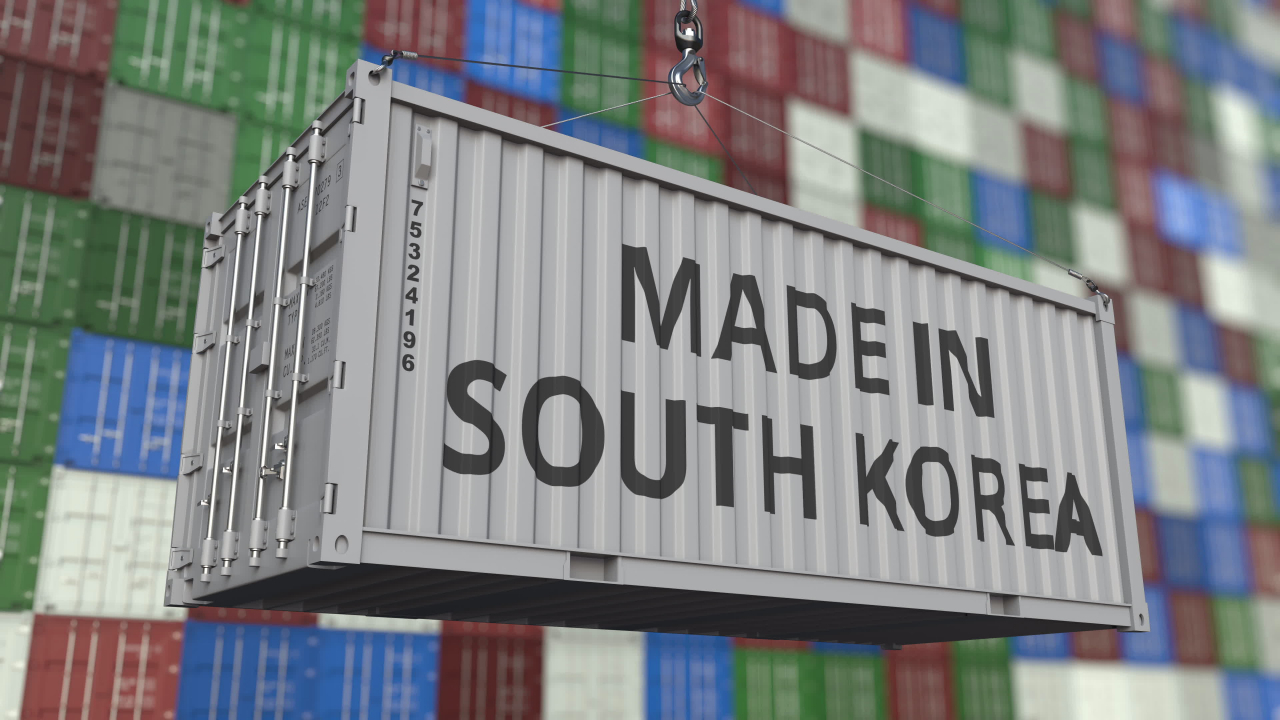Import price growth slows as BOK readies rate hike
By Choi Si-youngPublished : Nov. 15, 2022 - 17:51

South Korea’s import prices rose annually at their slowest pace in 15 months in October, fueling speculation over an inflation peak ahead of the central bank’s rate hike next week -- the last one for the year in the face of 24-year-high inflation.
Preliminary data from the Bank of Korea showed Tuesday that import prices rose 19.8 percent, at the slowest rate since July 2021, though they edged up for the second straight month in October on higher energy import costs. The depreciating local currency hovering at a 13-year low against the US dollar was blamed for the bigger bills.
Last month, the won weakened 2.5 percent while Middle East crude benchmark Dubai jumped 0.2 percent on monthly average, according to the central bank, which sees a surge in import prices as translating to a rise in consumer prices in the long run as production costs soar.
“We’re seeing too many uncertainties involving business activity worldwide and the global raw materials costs, and there is the local currency as well. We’ll have to wait and see how the import prices turn out in November,” a senior Bank of Korea official said. The export prices rose 13.7 percent in October from a year prior, slower than a revised 14.7 rise in the previous month. The prices gained 1.3 percent on a monthly basis.
Since August last year, persistently high inflation has forced the Bank of Korea to back an aggressive rate hike campaign. Since then, the benchmark rate -- currently standing at a 10-year high of 3 percent -- has soared by 250 basis points. The November meeting is expected to push it further to at least 3.25 percent.
“Tighter monetary policy is still the No. 1 priority for us to keep the consumer prices (under our inflation target),” BOK Gov. Rhee Chang-yong said last week, referring to the 2 percent goal the bank has sought since 2019. July inflation climbed to a 24-year-high of 6.3 percent and the annual price increase is expected to run at a “high 5-6 percent” until the first quarter next year, Rhee previously said.
But the top banker is seen leaning toward returning to the conventional 25 basis point increment at the November meeting after two rate hikes twice that size -- in July and October -- because the latest readings on domestic and global inflation “are somewhat stable and the US Federal Reserve seems to be less hawkish in its rate increase than before,” according to Rhee.
In October, US consumer prices rose less than expected, at an annual increase of 7.7 percent -- the first reading below 8 percent in eight months. The data is the strongest sign yet that could make it easier for the Fed to slowly return to 25 basis point increments from an unprecedented 75 basis point raise that had taken place four times since June.
Fed Vice Chair Lael Brainard said Monday that the Fed could “move to a slower pace increase,” echoing what the Fed Chair Jerome Powell had signaled earlier, though they both acknowledged the central bank would need convincing evidence of a price slowdown to make policy shift. The four straight 75 basis point hikes, the last of which came Nov. 3, brought the US rate to the 3.75-4 percent range.
-
Articles by Choi Si-young






![[KH Explains] How should Korea adjust its trade defenses against Chinese EVs?](http://res.heraldm.com/phpwas/restmb_idxmake.php?idx=644&simg=/content/image/2024/04/15/20240415050562_0.jpg&u=20240415144419)












![[Today’s K-pop] Stray Kids to return soon: report](http://res.heraldm.com/phpwas/restmb_idxmake.php?idx=642&simg=/content/image/2024/04/16/20240416050713_0.jpg&u=)